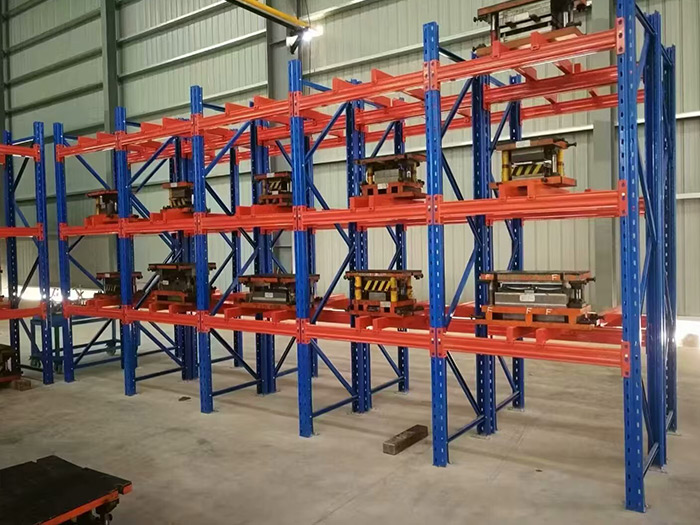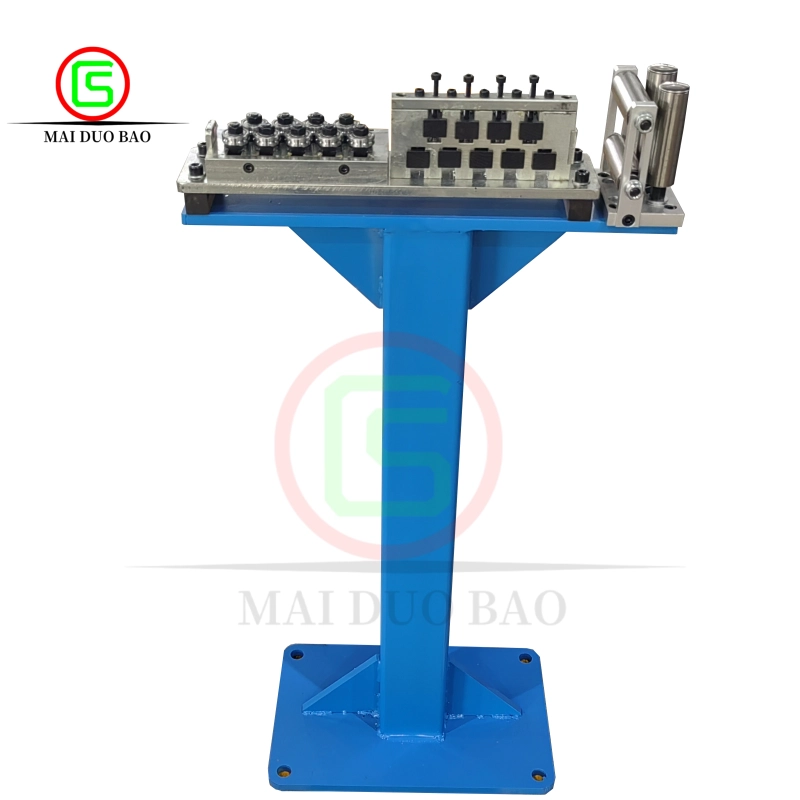In the world of modern infrastructure, ensuring the safety and reliability of gas and water supply networks is a top priority. Polyethylene (PE) piping systems have become a global standard for these applications, largely due to their flexibility, corrosion resistance, and long service life. Within these systems, one small but vital component plays an outsized role in maintaining system integrity and compatibility — the Electrofusion Reducer.
In this article, we will explore how electrofusion reducers function, their advantages over traditional fittings, and why precision engineering from manufacturers like Ningbo Lianda Plastics Pipe Fitting Co., Ltd. ensures dependable performance in gas and water distribution networks.
1. What Is an Electrofusion Reducer?
An electrofusion reducer is a specialized pipe fitting used to connect two different diameters of PE pipes within a pressurized pipeline system. It allows a smooth transition between larger and smaller pipes while maintaining consistent flow and preventing turbulence or leaks.
Unlike mechanical couplings, an electrofusion reducer uses embedded electrical heating coils to fuse the fitting with the pipe surfaces. During installation, an electrofusion control unit supplies a precise current to the coils, melting the PE material at the interface. Once cooled, the joint forms a homogenous connection that is as strong as the pipe itself.
This seamless fusion process makes electrofusion reducers an ideal choice for buried gas pipelines and water supply systems, where leak prevention and long-term reliability are critical.
2. The Importance of Electrofusion Technology in PE Pipe Systems
Electrofusion technology revolutionized the way PE pipelines are connected. Traditional joining methods, such as butt fusion or mechanical joints, often require extensive setup, strict alignment, and larger installation space. Electrofusion, however, simplifies the process through pre-fabricated fittings with integrated heating elements.
Key benefits include:
-
Leak-Free Joints: The fusion process eliminates weak points that can result from mechanical stress or poor sealing.
-
High Strength and Durability: The fusion bond has the same structural integrity as the pipe material, ensuring long service life.
-
Ease of Installation: Electrofusion fittings can be installed in confined spaces or harsh environments without specialized equipment for alignment.
-
Minimal Maintenance: Once installed, the fusion joint remains stable under varying pressures and environmental conditions.
These characteristics make electrofusion the preferred joining method for underground gas and water pipelines that require long-term safety and stability.
3. The Role of Electrofusion Reducers in System Design
Pipeline systems often involve transitions between different pipe diameters due to flow rate requirements or changes in distribution zones. The electrofusion reducer plays a vital role in ensuring these transitions occur without compromising flow efficiency or system strength.
In gas distribution networks, reducers allow for gradual pressure changes and optimized gas velocity. In water systems, they help balance flow between main supply lines and smaller branch lines.
Furthermore, because electrofusion reducers are made from high-quality PE100 or PE100-RC materials, they offer exceptional resistance to cracking, abrasion, and chemical exposure — critical features for long-term buried applications.
4. Lianda’s Precision in Electrofusion Reducer Manufacturing
As an experienced PE pipe fittings manufacturer, Ningbo Lianda Plastics Pipe Fitting Co., Ltd. integrates advanced production technology with strict quality management systems. The company holds ISO9001, ISO14001, and ISO45001 certifications, reflecting its commitment to quality, environmental responsibility, and workplace safety.
Each Electrofusion Reducer produced by Lianda undergoes a series of precision checks, including dimensional accuracy, fusion performance testing, and material integrity evaluation. This ensures that every fitting meets or exceeds the national standards for buried PE gas pipeline systems.
Lianda’s electrofusion reducers are engineered to achieve:
-
Consistent Fusion Performance: Uniform heating coils and high-precision molding guarantee stable welding results.
-
Dimensional Accuracy: Tight tolerance control ensures compatibility with all standard PE pipe sizes.
-
Corrosion and Pressure Resistance: Suitable for both high-pressure gas pipelines and long-distance water systems.
-
Field Reliability: Proven performance in harsh underground environments and temperature variations.
5. Installation Best Practices for Electrofusion Reducers
To achieve optimal fusion strength, installation procedures must follow strict standards. The basic steps include:
-
Pipe Preparation: Clean and scrape the pipe surfaces to remove oxidation and contaminants.
-
Fitting Alignment: Insert the pipes into the reducer until the central stops are reached, ensuring proper alignment.
-
Fusion Process: Use an approved electrofusion control unit to apply the correct voltage and time, as indicated by the fitting barcode.
-
Cooling Time: Allow the joint to cool naturally to solidify the fusion bond before handling or pressure testing.
Following these steps ensures that the joint achieves full strength and durability, maintaining long-term reliability for underground installations.
6. Comparing Electrofusion Reducers with Other Connection Types
| Connection Method | Key Features | Application Suitability |
|---|---|---|
| Electrofusion Reducer | Seamless fusion, leak-free, high precision | Gas and water pipelines, buried systems |
| Butt Fusion Joint | Requires precise alignment, external heating | Large diameter pipes in open areas |
| Mechanical Coupling | Easy assembly but prone to long-term loosening | Temporary or low-pressure systems |
From the comparison, it’s clear that the electrofusion reducer provides a superior balance of reliability, strength, and installation flexibility — particularly in underground gas and water projects.
7. Applications Across Gas and Water Networks
Lianda’s electrofusion reducers are widely applied in:
-
Natural Gas Distribution Systems: For pressure-reducing connections and pipeline transitions.
-
Potable Water Supply Networks: To maintain flow uniformity and connection safety.
-
Industrial Process Lines: Where corrosion resistance and chemical stability are essential.
-
Municipal Infrastructure Projects: Ensuring longevity and reduced maintenance costs.
These applications reflect the versatility and dependability of Lianda’s PE fittings across diverse environments and technical requirements.
8. Commitment to Innovation and Global Standards
At Ningbo Lianda Plastics Pipe Fitting Co., Ltd., innovation is not limited to product design but extends to material research, production automation, and global compliance. With multiple national patents, the company continuously upgrades its product line to meet international standards and evolving customer needs.
From PE pipe fittings to ball valves, every product embodies Lianda’s core values: precision, durability, and sustainability. The company’s dedication to technical excellence has made it a trusted partner in both domestic and international infrastructure projects.
Conclusion
The Electrofusion Reducer may appear as a small component in the broader scope of PE piping systems, but its impact on performance, safety, and efficiency is profound. By enabling seamless transitions between different pipe diameters, it ensures consistent flow and eliminates potential leak points — essential for the long-term reliability of gas and water pipelines.
Through advanced technology, certified quality systems, and a focus on precision manufacturing, Ningbo Lianda Plastics Pipe Fitting Co., Ltd. delivers products that meet the highest standards of engineering and environmental safety.
www.enovarps.com
Ningbo Lianda Plastics Pipe Fitting Co., Ltd.



More Stories
Why the 2024 Audi Q5 e-tron Is the Ultimate 7-Seat Electric SUV for Families
Five safety details to pay attention to when using shoe covering machine in daily life
How to Choose the Right Single Wire Hooks for Your Needs